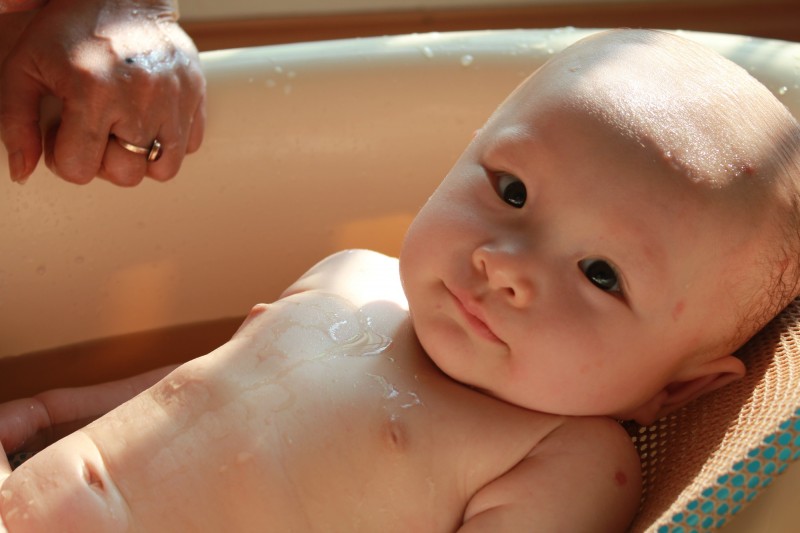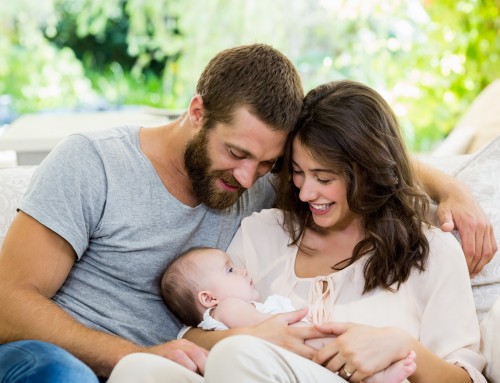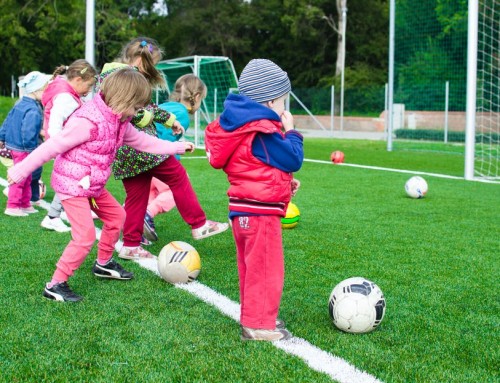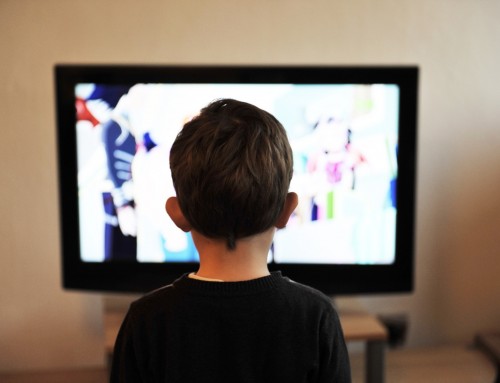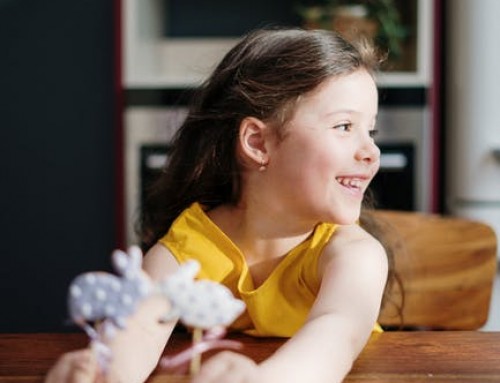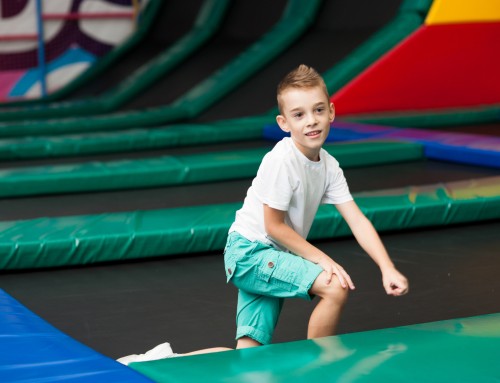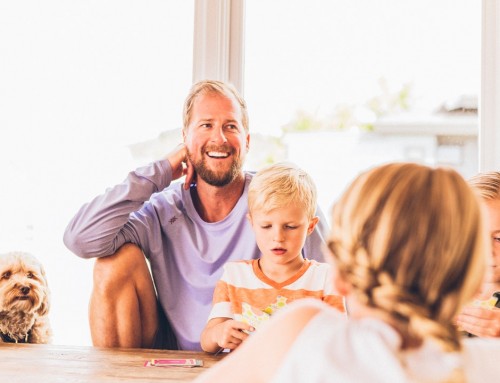Congratulations on your new bundle of joy! Now, what in the world do you do next?
Some couples spend so much time thinking about and preparing for the birth and the big events in their newborn’s early days that they forget about the daily details.
One of those often overlooked details is bathtime. To help you enjoy the cleansing and bonding experience of your baby’s first baths, use these steps to guide you. Here’s what you need to know about how to wash a newborn.
How to Wash a Newborn: 8 Steps
Cleaning your baby is an important way to keep them healthy and happy. While there’s nothing wrong with a bath in a baby tub or a sink, most new parents feel more comfortable if they start with a tabletop bath.
Especially in the time before your baby’s umbilical stump falls off, these steps can help you give your baby a relaxing and gentle bath.
1. Gather Your Supplies
No one knows the importance of having your supplies nearby like the parents of newborns. If you’re trying to keep your baby safe and in place while supporting their head, you want to make sure all your supplies are within reach.
For a tabletop bath, here’s what you’ll need:
- Baby shampoo (if desired)
- Gentle baby soap
- Soft washcloth
- Two soft towels
- Set of clean clothes
- Clean diaper
- Vaseline and gauze if you have a circumcised boy
- Bowl of warm water
Use these supplies to set up the area where you want to bathe your baby. For many new parents, their changing table is a great option, but any surface that’s comfortable and safe will work.
2. Wash Your Hands
To make sure you don’t transfer bacteria to your baby, wash your hands and forearms before you start.
You should also make sure the bathing area is clean as well. That’s especially important if your baby has a wound like an umbilical stump or a new circumcision.
3. Prepare Your Baby
Now that you and the bathing area are ready, it’s time to prepare your baby. Undress them, but leave their diaper on for now. You don’t want to deal with an unexpected bathroom session in the middle of the bath!
After they’re undressed, lay down a towel on the bathing surface and lay your baby on the towel.
4. Give Your Baby a Cloth Bath
Now you’re ready to get started. Make sure the water is warm, not hot. Dampen the washcloth and start to gently wash your baby.
Start behind their ears, then move on to their neck and work your way down. Pay special attention to the tiny spaces where bacteria likes to grow, like the underarms.
As you clean your baby’s belly, use extra care around the umbilical cord stump. After the stump falls off you should still use more care around this area to prevent an infection. For additional tips, look up more info on bathing your baby after the umbilical stump falls off.
5. Use Extra Care on Your Baby’s Bottom and Genitals
When you reach the baby’s belly, it’s time to remove the diaper and clean your baby’s crotch area.
If you have a baby girl, be sure to wipe her from front to back to prevent a urinary tract infection. If you have a baby boy who is uncircumcised, be gentle on his foreskin. For a circumcised boy, on the other hand, don’t wash the head of his penis until he has healed from the circumcision.
It’s important to wash your baby’s bottom well, too. Still, be gentle enough not to cause irritation.
6. Wash Your Baby’s Hair and Scalp
When you’ve finished washing the rest of your baby’s body, it’s time to clean their hair and scalp. You can use a small amount baby shampoo if your baby has hair, but water alone is also fine whether your baby has hair or not.
Tilt your baby’s head back at a slight angle to keep the water and shampoo out of their eyes. Wash their scalp with your hands rather than using the washcloth you already used.
Remember not to scrub. You’re not trying to give your baby a head massage the way you massage your scalp when you wash your hair. Light, gentle strokes are all your baby needs.
7. Pat Your Baby Dry
Now that your baby is fresh and clean, you need to use the same gentle touch to dry them. Wrap them in your second dry towel, not the one they’ve been laying on throughout the bath. Pat their skin dry.
Remember that if you don’t dry your baby well enough, they may end up with a rash. Pay special attention to their umbilical cord stump and make sure it’s completely dry. You also need to be careful to dry the creases that tend to be sensitive, like their underarms and their crotch area.
8. Re-Dress Your Baby
Finally, your baby is clean and dry and ready to get back to snuggling. Put their diaper back on as soon as possible. The last thing you want is a bathroom accident that makes you start the whole bath over again.
For a circumcised boy, you may need to apply a new dressing to his wound first.
Dress your baby in a comfy, fresh outfit and you can get back to enjoying your new baby!
Time to Bathe and Time to Bond
Every moment with your new baby is a learning experience for you and your child alike. For so many parents, bath time isn’t just a chore they need to check off their list. It’s an opportunity to bond with their beautiful baby, and it’s one of the memories you’ll cherish for years to come.
At the same time, bathing is also an important way to protect your child’s health. The steps above for how to wash a newborn can help you keep your baby healthy while developing that all-important parent-child bond.
For more great tips about caring for your family’s health, check out our health tips blog.

